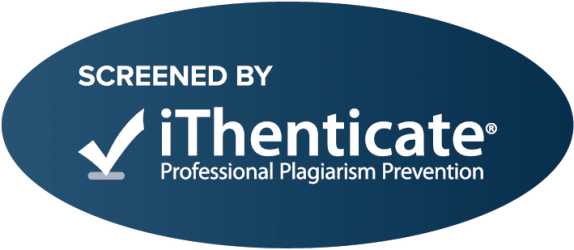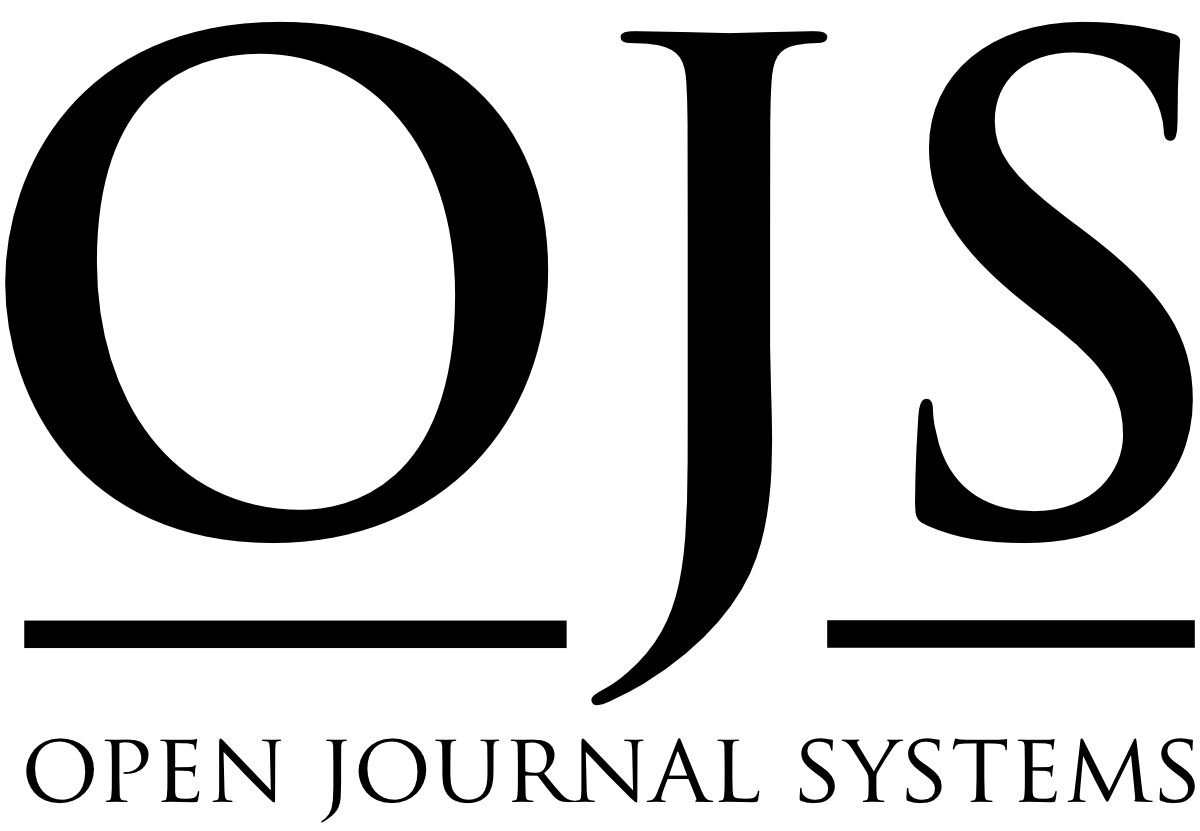The Effectiveness of Touch Math Intervention in Teaching Addition Skills to Preschoolers at-Risk for Future Learning Disabilities
Keywords:
Touch Math, preschoolers, Learning Disabilities, Addition skillsAbstract
The purpose of this study was to explore The Effectiveness of Touch Math in Teaching Addition Skills to Preschoolers at-risk for future learning disabilities The selection of the participants (KG1 children) was based on the marks obtained by all the 138 subjects in a mathematics test. The mean and Standard Deviation (SD) of these scores was calculated. Only those subjects who scored 1 SD below the mean in their math test were selected for the study . 60 subjects were assigned into Control (n= 30 , 21 boys and 9 girls) and Experimental( n= 30 , 23 boys , 7 girls ) group. ANCOVA and Repeated Measures Analyses were employed for data analysis. Results. Findings from this study indicated the effectiveness of the program employed in addition ability in the target children . Discussion. On the basis of the findings, the study supports the idea of Touch Math as a powerful intervention for children.Downloads
References
Bedard, J. M. (2002). Effects of a multisensory approach on grade one mathematics achievement, 4-38. Retrieved February 12, 2009, from http://www.touchmath. com/pdf/JMB.pdf
Bullock, J. K. (2000). Touch Math Addition Kit (4th ed.). Colorado Springs, CO:
Innovative Learning Concepts.
Cronbach, L. J. (1975). Beyond the two disciplines of scientific psychology. American psychologist, 30, 116-127.
Dev, P. C, Doyle, B. A., & Valente, B. (2002). Labels needn't stick: "At-risk" first graders rescued with appropriate intervention. Journal of education for students placed at risk, 7(3), 327-332.
Dulgarian, D. (n.d.). Touch Math intervention versus traditional intervention: Is there a difference? West Los Angeles: University of California, Los Angeles.
Grattino, S. (2004). TouchMath national educator survey. Retrieved April 2, 2009, from www.touchmath.com/index.cfm?fuseaction=about.research
Jarrett, R. M., & Vinson, B. M. (2005). A quantitative and qualitative study of a high performing elementary school in mathematics: Does TouchMath contribute to overall mathematics achievement? Athens, AL: Athens State University.
Kilpatrick, J., Swafford, J., & Findell, B. (2001). Developing proficiency with whole numbers. In J. Kilpatrick, J. Swafford, & B. Findell (Eds.), Adding it up: Helping children learn mathematics (pp. 181-230). Washington, DC: National Academy Press.
Moustafa, B. M. (1999). Multisensory approaches and learning styles theory in the elementary school: Summary of reference papers. (ERIC Document Reproduction Service No. 4323888)
Rudolph, A. C. (2008). Using Touch Math to improve computations. Salisbury, NC: Catawba College.
Scott, K. S. (1993). Multisensory mathematics for children with mild disabilities. Exceptionality, 4(2), 97-111.
Simon, R. & Hanrahan, J. (2004). An evaluation of the Touch Math method for teaching addition to students with learning disabilities in mathematics. European Journal of Special Needs Education, 19(2), 191-209.
Strand, L. (n.d.). The TouchMath program and its effect on the performance of first graders. Bowling Green, CO: Bowling Green State University, University of Colorado.
Wisniewski, Z. G., & Smith, D. (2002). How effective is Touch Math for improving students with special needs academic achievement on math addition mad minute timed tests? Retrieved January 27, 2009, from ERICdigest.org
Additional Files
Published
How to Cite
Issue
Section
License

This work is licensed under a Creative Commons Attribution-NonCommercial-NoDerivatives 4.0 International License.










